"This seems to be the law of progress in everything we do; it moves along a spiral rather than a perpendicular; we seem to be actually going out of the way, and yet it turns out that we were really moving upward all the time." -Frances Willard
As spring gives way to summer here in the Northern Hemisphere, one of the most beloved sights of the night sky becomes ever more prominent: the Big Dipper.
These seven bright stars shine high above the horizon after sunset, and will continue to do so over the rest of the Spring and all Summer long. While there are a great many wonders of the night sky to be found in the Big Dipper, one of the most difficult ones to find is also one of the most spectacular.
If you look in the right place with very dark skies, your reward could be the faint but brilliant Pinwheel Galaxy, also known as Messier 101.
Just a few degrees away from Mizar, the second-to-last star in the Big Dipper, four faint "guide stars," labeled above, will lead you to the Pinwheel Galaxy, one of the closest but faintest large spiral galaxies in the night sky.
Shown here as captured with good skies and a sizable amateur telescope, the Pinwheel Galaxy is a difficult target for amateur astronomers in skies with even mild amounts of light pollution. But just a few months ago, the Pinwheel galaxy rose to prominence, when a supernova went off in one of its outer arms, making it -- at just 21 million light years distant -- the closest supernova to occur to us in a generation.
At a large observatory, the spiral arms are clearly visible, as are the intensely star forming regions, shown in pink. At 170,000 light years in diameter, this galaxy is nearly double the size of our Milky Way, and has many impressive dust lanes lining its features.
Of course, the best views of this galaxy, as is practically always the case, come from the Hubble Space Telescope.
Recently, however, a series of other telescopes, including Chandra (in the X-ray), GALEX (in the ultraviolet), and Spitzer (in the infrared) all took a look at the great Pinwheel, and made a massive false-color composite of the galaxy, illuminating many of the different artifacts that come along with hotter and cooler regions.
The purple colors represent X-rays, which come from sources like black holes, the blue color comes from ultraviolet light, which is where the hottest, youngest stars are, the yellow represents starlight and the pink-reddish regions are where warm dust is working to form the next generation of stars. It's an amazing display, all in a single image.
The Hubble image I showed you earlier, however, is the largest-ever portrait ever taken of a galaxy, and the detail of the hi-res Hubble image puts all others to shame. Let's take a look at a few spectacular regions of the Pinwheel to highlight what I'm talking about. Let's begin, to the left of the image, with the large, young-star-rich region in the outermost spiral arm.
You can clearly see the abundance of young, blue stars, the warm, pink dust, and the occasional purple X-ray source all atop one another. But this is the maximum resolution of the composite image.
That same region, however, imaged by the Hubble Space Telescope? The detail will take your breath away.
You are looking at a giant region of stars, maybe 10,000 light years in size -- the size of a dwarf galaxy -- and you can easily resolve individual stars within it, as well as the different colors and brightnesses of those stars. Oh, right, and this thing is 21 million light years away!
But don't take this away as the only example; let's go straight to the heart of the matter, and look at the inner core of the mighty Pinwheel, to see what it holds.
In the composite image, everything is illuminated. The bright yellow visible light, the assortment of point X-ray sources in purple, the blue-white tint of the hottest, youngest stars along the spiral arms and the dusty red regions where the newest stars are in the process of forming. It's an amazing image with a wealth of information.
But for resolution, Hubble is simply in a class by itself.
The entire composite image is large, for sure: it's about a five MegaPixel image. The entire Hubble image, on the other hand, is more like 200 MegaPixels. This means that the "inner core" of the galaxy, above, doesn't even approach the limits of the power of Hubble. Check out the detail along just one prominent dusty arm, mid-way down and towards the left of the image above.
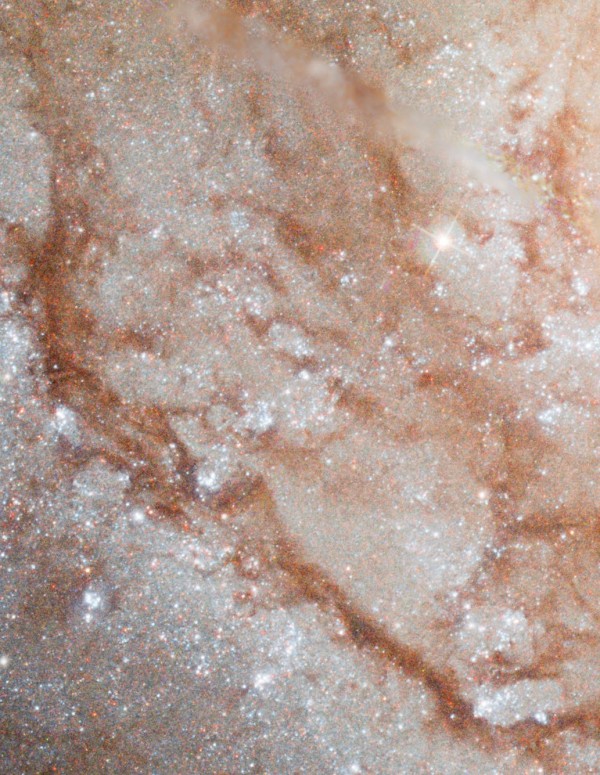
(One prominent dust lane, about the same distance from the center as our Sun is from the Milky Way.)
Or, just for fun, let's take a look at the very central MegaPixel of the Hubble image, where it appears that everything is simply washed out by the sheer brightness of the central bulge of this galaxy.
A small amount of image processing -- changing the sharpness, exposure, tint and contrast, for example -- reveals that Hubble has even recorded the details of the innermost secrets of this giant spiral.
From a galaxy so faint it's barely visible to all but the largest telescopes to unparalleled detail across many different wavelengths and unequaled resolution, the secrets of the Universe are rapidly being uncovered, one-by-one. This is why we do astronomy. This is what your Universe looks like. And this is just one of nearly a trillion galaxies that make up your Universe. Enjoy the view!
- Log in to post comments

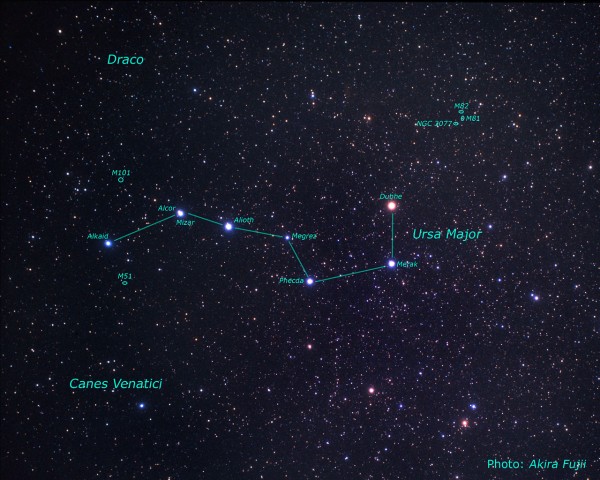
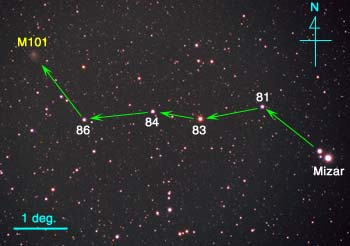
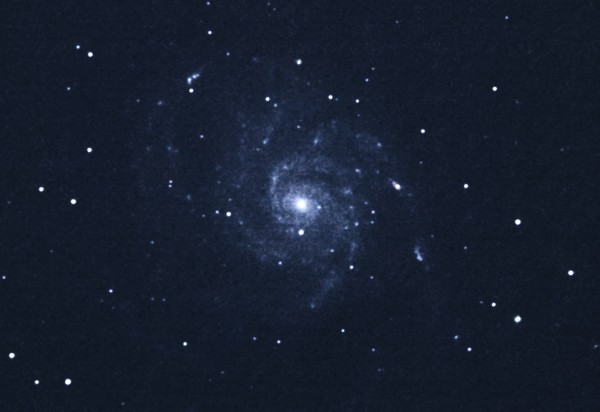
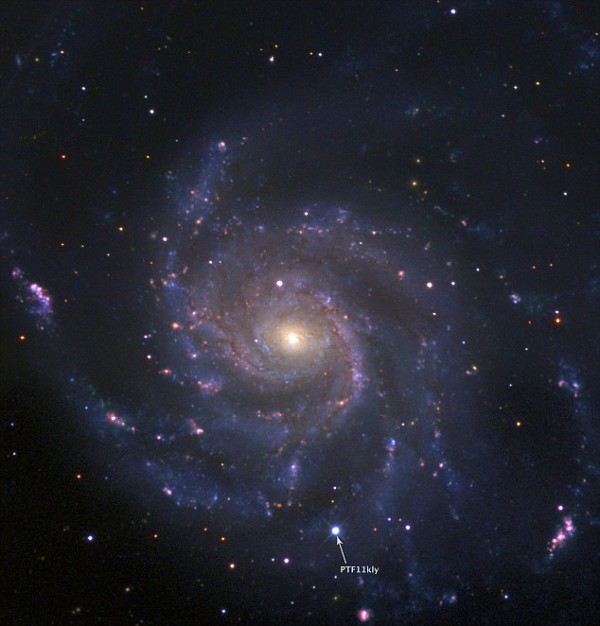
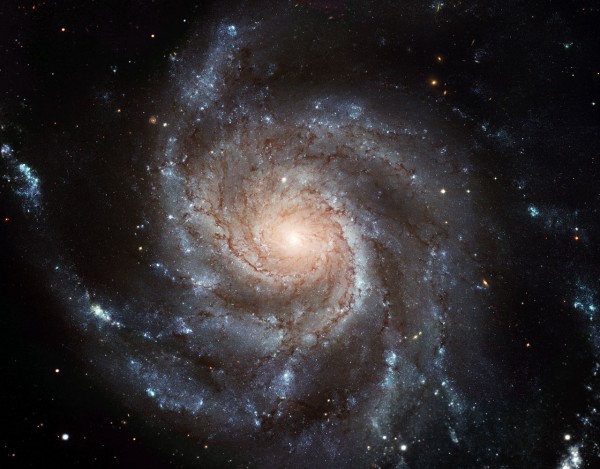
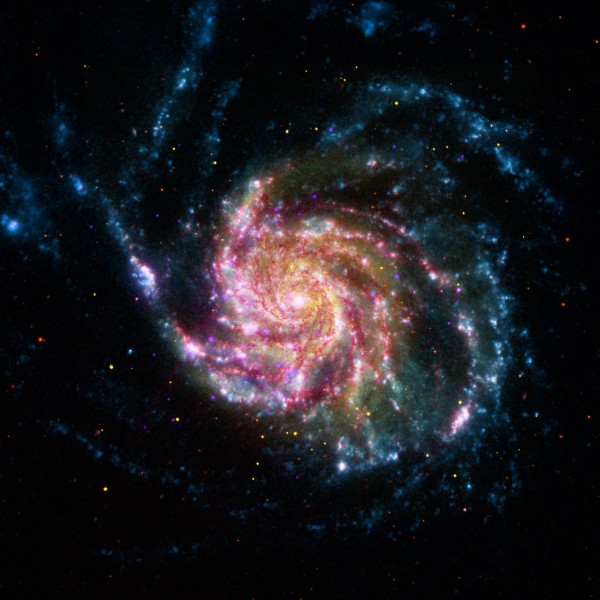
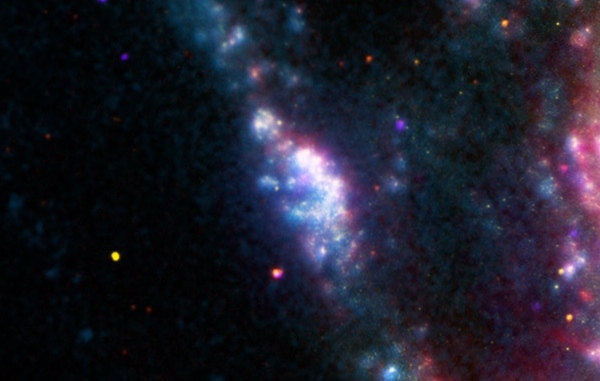
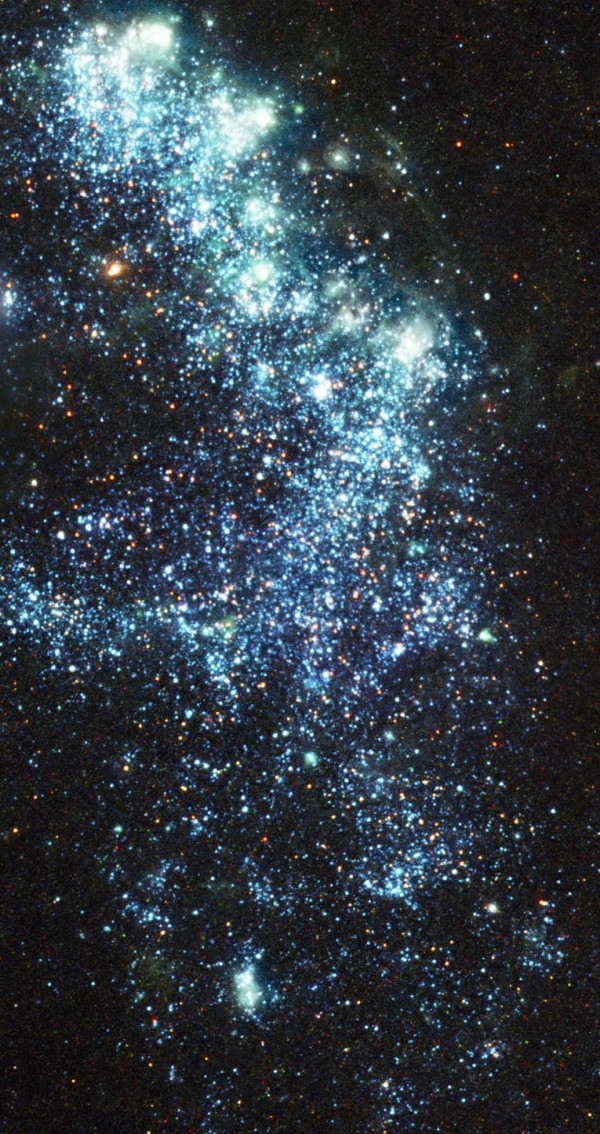
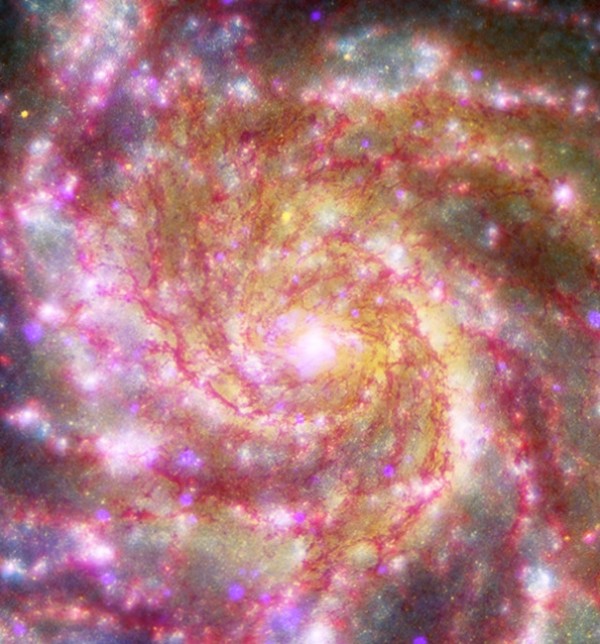
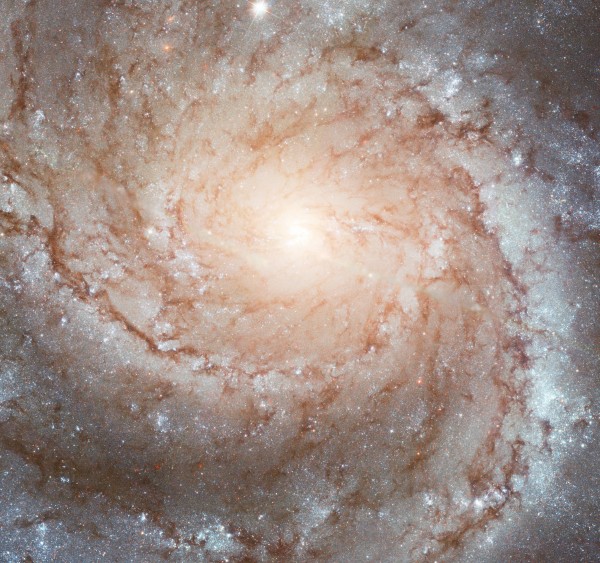
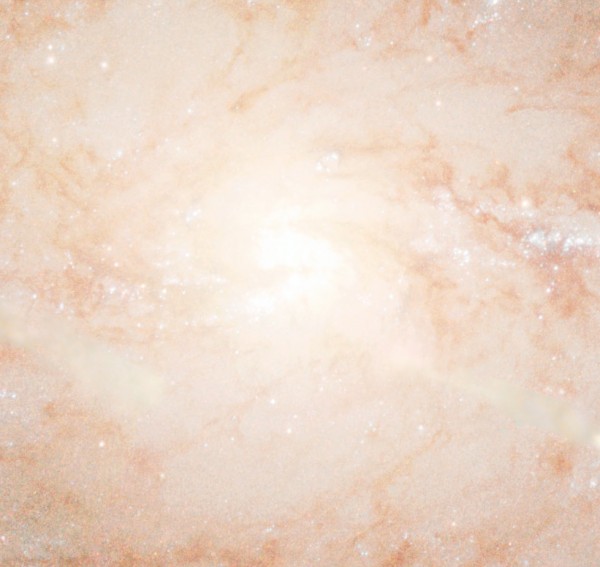
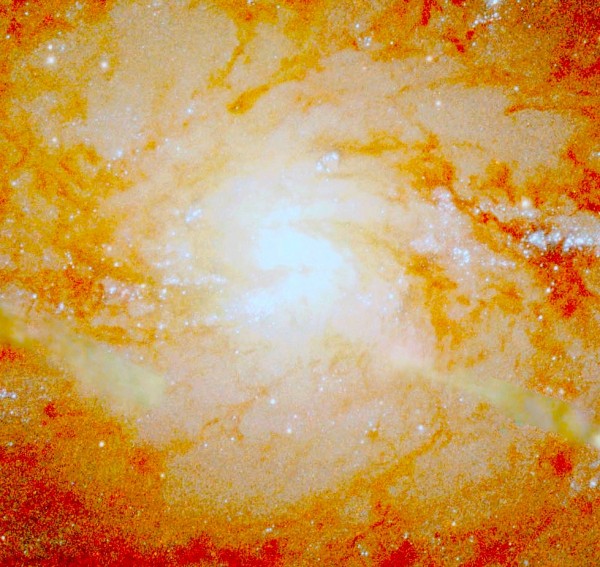




STUNING?
Thank you for the tour of Me101. Is there any reason I wonder that Me101 is more conducive or less for biology.
New format looks good... You liking it Ethan?
I like the new format.
I will definitely say that having the main text portion be an extra 100 pixels wide makes the images really pop. I like having an entire sidebar of ads removed, and I like how clean the layout is. Definitely there are some great things going on here, and National Geographic is continuing to be very good about working the bugs out.
There are still some things to figure out, but so far I think this is overall going to be a definite plus for all of us here at ScienceBlogs. Glad to hear that many of you like it, too!
One trillion galaxies? That number seems lowball to me.
Awesome pics like these make me sad that the national gov't doesn't seem to care much about Hubble anymore.
Really Cool
Amazing. Hubble as always blows minds, but I'm also very impressed with the non-visible wavelength observatories we have floating around up there too. I'm really, really looking forward to what we can see once JWST sees first light. Oh my it gives me tingles just thinking about it, just like that closeup of the spiral arm in M101 brings tears to my eyes.
I tried to look at M101 with my own scope when the supernova was up, but I quickly realized it was hopeless. With all the light pollution there was no chance for me to see the galaxy, and without being able to see the galaxy (and without intimate familiarity with the nearby star field) there was no way for me to tell which of the starts was actually the supernova. Oh well!
EvolutionBlog still can't get comments (apart from one user), the "Recent comments" still seems to refrain from showing recent posts for most blogs on here and the picklist at the top still doesn't want to go to most blog entries available in the picklist.
Over all, a massive, though not epic, fail on the mechanics of the blog site.
Does Me101 have a black hole at the center?
Thanks for the walk through. Amazing pictures.